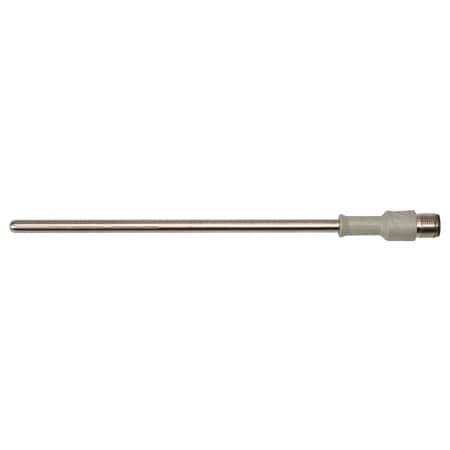Thermocouples and RTDs (Resistive Temperature Devices) are both devices commonly used for temperature measurement. The main difference between them is their respective sensing elements: a thermocouple uses two dissimilar metals, while a RTD uses a resistive wire element.
Thermocouples
Thermocouples consist of two different types of metals joined together at one end, creating a junction. When the junction of the two metals is heated or cooled, a voltage is created that can be correlated back to the temperature.These sensors are manufactured in a variety of styles, such as thermocouple probes, thermocouple probes with connectors, thin film thermocouple, transition joint thermocouple probes, infrared thermocouples, bare wire thermocouple, even just thermocouple wire.
Thermocouples are commonly used in many applications due to their wide range of models and technical specifications. However, it is extremely important to understand their basic structure, functionality, and ranges as to better determine the right thermocouple type and material of thermocouple for an application.
RTDs
RTDs are temperature sensors that contain a resistor that changes resistance value as its temperature changes. The most popular RTD is the Pt100, which i s an industrial probe that has been used for many years to measure temperature in laboratory and industrial processes, and have developed a reputation for accuracy, repeatability, and stability.Most RTD elements consist of a length of fine coiled wire wrapped around a ceramic or glass core. The element is usually quite fragile, so it is often placed inside a sheathed probe to protect it. The RTD element is made from a pure material whose resistance at various temperatures has been documented. The material has a predictable change in resistance as the temperature changes; it is this predictable change that is used to determine temperature.
 PR-31 RTD Probe
PR-31 RTD Probe



